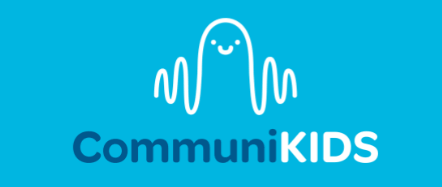Five Ways To Work On A Lisp At Home
A common speech sound error that children have is a distortion of ‘s’, or a lisp. There are different types of lisps:
Interdental Lisp: This is often a part of typical speech development. This is when a child says ‘s’ with their tongue between their teeth. In typical speech development, this resolves around the age of 4 years 6 months.
Lateral lisp: The tongue is flat in the mouth, causes air to escape down the sides. This sound is often described as ‘slushy’, and can make the ‘s’ sound similar to a ‘sh’, and can affect other sounds such as ‘s’, ‘ch’ and ‘j’.
While interdental lisps can be developmentally appropriate for some children and may resolve before they reach the age of 4 years 6 months, lateral lisps are highly unlikely to resolve on their own. Given this, if your child is displaying a lateral lisp, a speech pathology assessment is recommended as early as possible.
Getting A ‘S’ Sound
To get your child to try the ‘s’ sound, get them to look at your mouth as you say it. Ask them to give it a go - get them to put their tongue tip up behind their top teeth or find the ‘bumpy spot’ behind their front teeth. They should then blow air out to get a clear ‘s’ sound'. There are also plenty of YouTube videos with a variety of hints and tricks to help your little one get a clear ‘s’!
Activities to Work On ‘S’
Here are five play-based activities to try at home:
Play I Spy. Walk around the house, the backyard, or wherever you may be. You can even look at a book together! Play ‘I Spy’, encouraging your child to use their ‘s’ sound when they say ‘spy’. To add an extra challenge in for older kids, make a rule that the only thing you can spy are things beginning with ‘s’!
Go to the playground. Not only are playground great fun for kids, they also have plenty of opportunities to use the ‘s’ sound. Talk about using the slide, see saw and swing, play in the sandpit, or even point out how sunny it is.
Make a playdough snake. Roll out a playdough snake together and make it hiss by saying ‘s’. You can then add thumbprints to the snake - every ‘s’ word means an extra thumbprint!
Word Hunt. Print out some ‘s’ word cards - we love the free ones at Mommy Speech Therapy. Hide them in a sandpit and help your child dig through the sand to see what they can find. When they find a card, say the word 3 - 5 times before finding the next.
Baking or craft. Bake or make something with your child, choosing something with lots of ‘s’ word opportunities! For craft, use scissors, stick the tape down or pass the pencils. For baking, smell the food baking, slice the butter or stir the batter. Added bonus - there will be something for you and your child to enjoy at the end of it!
While activities like these are a great way to encourage speech sound development at home, if you are concerned it is recommended you contact a speech therapist to have your child’s speech development assessed.

